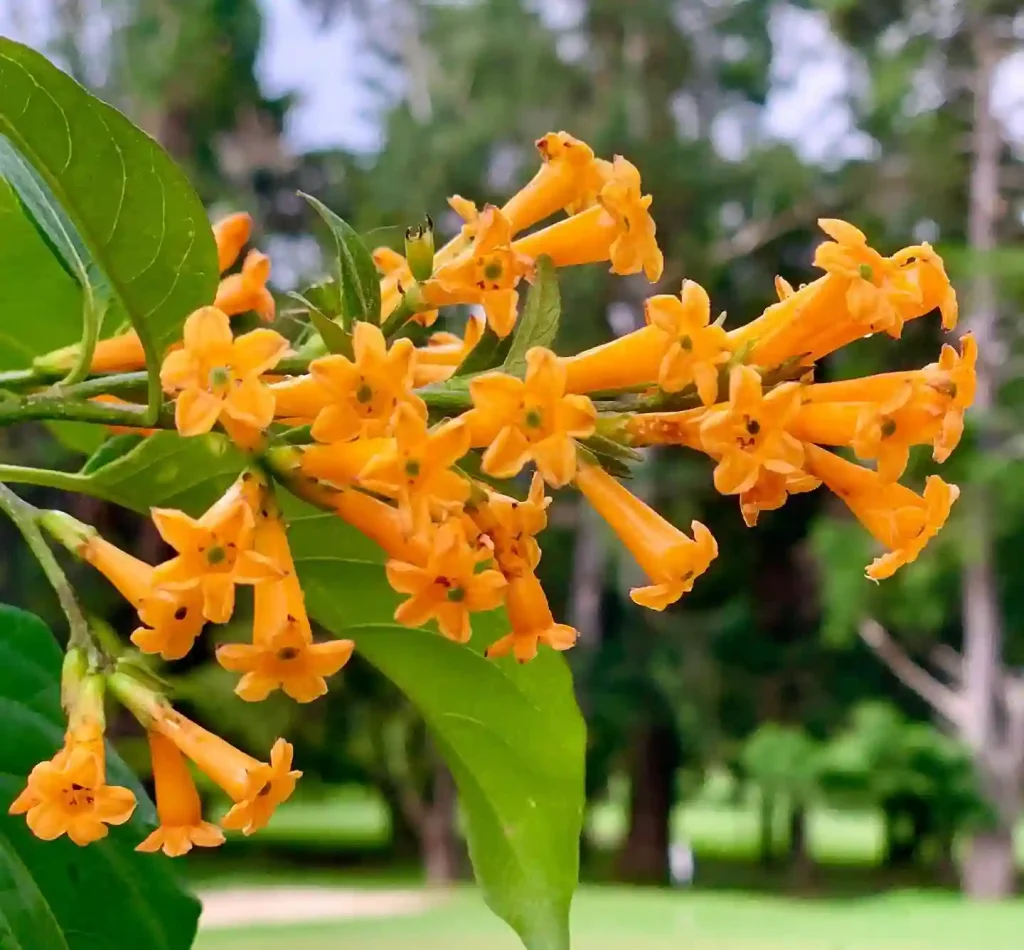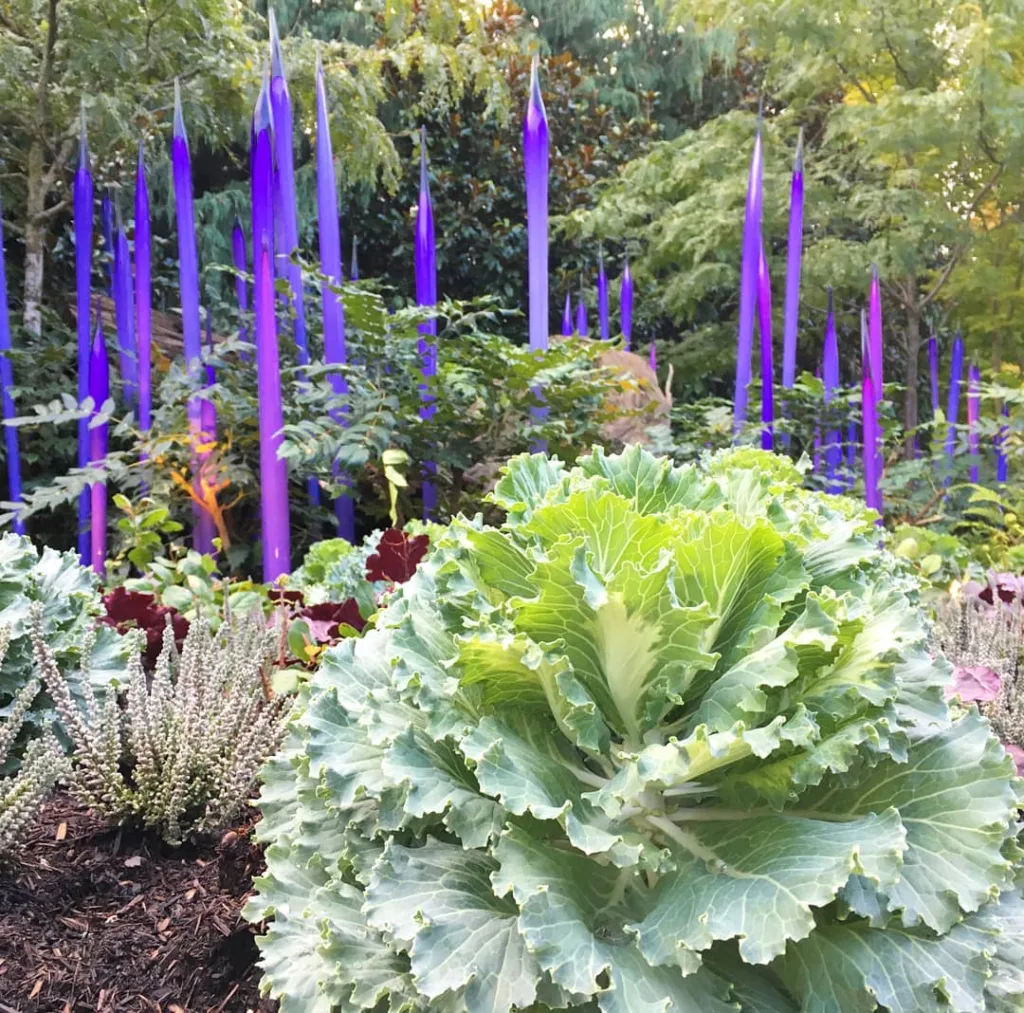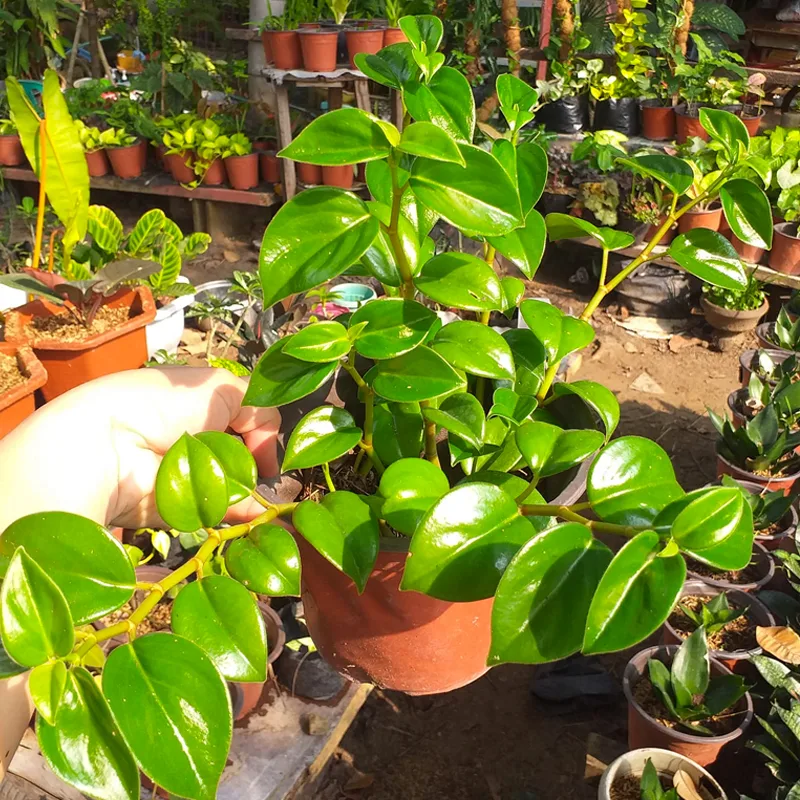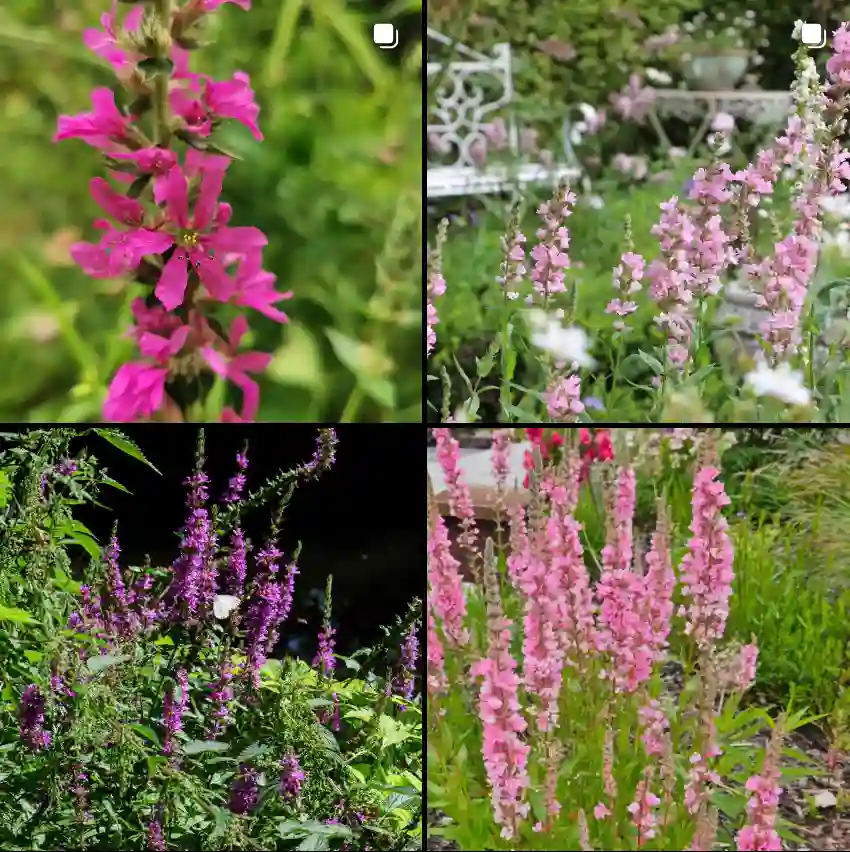My Journey with the Magnoliaceae Family
As someone passionate about plants, I’ve always been drawn to the Magnoliaceae family. It’s fascinating to explore a group of trees and shrubs that feel ancient yet thrive in the modern world. What makes this family unique is its broad range of species, many of which have become iconic in gardens and landscapes globally. The family includes two key genera that I find particularly intriguing: Liriodendron and Magnolia. They are more than just beautiful; they represent a rich botanical history.
The Magnoliaceae Family’s Legacy
The Magnoliaceae family, dating back over 95 million years, is considered one of the oldest plant families. I’ve always been fascinated by the resilience and longevity of these plants. Their flowers, which existed even before bees, had to rely on beetles for pollination. This prehistoric lineage makes growing Magnolias or Liriodendrons feel like you’re caring for a living fossil, adding a sense of wonder to my garden.
This family includes deciduous and evergreen trees and shrubs, typically found in temperate and tropical regions of Asia, North America, and Central America. The flowers, with their large, showy petals, are often what attract gardeners like me. But it’s not just about aesthetics; their tough nature means they can endure a range of conditions, making them a practical choice for any landscape.
Liriodendron: The Tulip Tree
2 Species in Genus Liriodendron
My first experience with the Liriodendron genus, commonly known as the Tulip Tree, was memorable. These towering trees can grow to impressive heights, sometimes reaching over 100 feet. What draws most people, myself included, are the tulip-like flowers. The flowers are not just visually appealing with their striking green, yellow, and orange hues, but they also bring a subtle fragrance, enhancing any outdoor space.
Liriodendrons aren’t just about flowers, though. Their lobed leaves resemble a tulip’s shape and turn a beautiful golden-yellow in the fall. I love how this genus brings year-round interest to the garden. However, one thing I’ve noticed is that these trees need room to grow. If you have a smaller garden, you might want to consider other members of the family, but if space isn’t an issue, Liriodendron can be a real showstopper.
Benefits of Liriodendron
Beyond aesthetics, the Tulip Tree has practical benefits. It provides excellent shade due to its large canopy, and its straight, towering trunk makes it ideal for lumber. I’ve seen these trees being used in reforestation projects because of their fast growth and ability to improve soil quality. For me, it’s a win-win—beauty and functionality wrapped into one.
Magnolia: A Garden Classic
Next comes the genus that probably comes to mind when most people think of the Magnoliaceae family: Magnolia. There’s something timeless about a Magnolia tree in full bloom. I’ve grown both evergreen and deciduous varieties, and each has its charm. The sheer diversity within this genus keeps me coming back for more.
Magnolia grandiflora, the Southern Magnolia, is a favorite of mine. Its large, leathery leaves and massive white flowers are iconic in Southern landscapes. What I find especially appealing is the tree’s evergreen nature, ensuring that even in the dead of winter, I have some green in my garden. The flowers bloom from spring through summer, and the lemony fragrance is something I look forward to every year.
On the other hand, deciduous Magnolias like Magnolia stellata or Magnolia x soulangeana add an entirely different dynamic. These bloom in early spring before the leaves appear, making them a real statement piece after a long winter. The delicate pink and white flowers bring a softness to the garden that I’ve found hard to replicate with other plants.
Growing Magnolias
In my experience, Magnolias are relatively easy to care for once they are established, but they can be slow-growing, especially in colder climates. They prefer slightly acidic, well-drained soil and thrive in full sun to partial shade. One of the lessons I’ve learned over the years is to mulch around their base, which helps retain moisture and keeps the roots cool in summer.
When it comes to pests and diseases, Magnolias are pretty tough. I’ve dealt with some aphid issues, but nothing that couldn’t be managed with a good horticultural soap. In general, these trees are low-maintenance and long-lived, which is always a plus for any gardener.
Why the Magnoliaceae Family Matters?
For me, the significance of the Magnoliaceae family extends beyond their beauty. These plants are deeply rooted in the cultural and ecological history of the regions they inhabit. Magnolias, for instance, have medicinal uses and are symbolic in various cultures. The bark of Magnolia officinalis is used in traditional Chinese medicine, and the trees are often seen as symbols of purity and dignity.
From an ecological standpoint, both Magnolia and Liriodendron contribute to biodiversity. Their flowers attract a range of pollinators, including beetles and bees, while their dense canopies provide shelter for wildlife. I’ve even seen birds nesting in my Magnolias, adding another layer of life to the garden.
Final Thoughts
As a gardener, I’m constantly looking for plants that can bring both beauty and functionality to my space. The Magnoliaceae family does exactly that. Whether it’s the towering elegance of a Liriodendron tulipifera or the timeless charm of a Magnolia grandiflora, these plants never fail to captivate me. Each season brings something new—from vibrant blooms to golden autumn leaves—making the Magnoliaceae family a cornerstone in any landscape design. If you’re looking to add a touch of history, resilience, and beauty to your garden, I highly recommend exploring this ancient and fascinating family.
If i die, water my plants!



